 St. Paul, MN (August 17, 2018) — According to Ian Wright, Contributor at engineering.com, whether you’re talking to your board of directors or your line manager, switching gears out of engineering mode to make a business case can be tough, especially when it comes to justifying a major capital expense.
St. Paul, MN (August 17, 2018) — According to Ian Wright, Contributor at engineering.com, whether you’re talking to your board of directors or your line manager, switching gears out of engineering mode to make a business case can be tough, especially when it comes to justifying a major capital expense.
It takes more than great specs to persuade senior executives to invest in new equipment, and with the rapidly changing pace of manufacturing, simple cost-per-part estimates don’t always illustrate the full benefits of acquiring new production technology.
3D printing or—when it’s referred to as a production technology—additive manufacturing is a great case in point.
“Traditionally, people equate a business case with the cost model of a part,” said Gregg Wilson, principal engineer on the AddWorks design consulting team at GE Additive. “So, relative to a conventional part, my additive part is either more expensive or less expensive. And that’s the business case for a lot of companies. But it’s definitely not for additive manufacturing—we think it’s a lot more.”
Making a business case for additive manufacturing can be challenging. It’s still a relatively new technology and while 3D printers have been around for more than thirty years, many decision makers in manufacturing have been around longer than that. Additive manufacturing also has a reputation as being good for prototyping, but unable compete on production applications compared with more traditional technologies, such as injection molding and CNC machining.
According to Wilson, a good business case incorporates three components; a cost model, performance factors and supply chain disruption.
A cost model represents the production part, tooling and infrastructure costs for a component. Business cases that focus on this aspect alone are typically not as successful as those which include the two other factors.
Performance factors quantify the system-level benefits or impacts of a component or product in terms of their lifecycle costs.
Supply chain disruption refers to innovative strategies for overcoming existing “pain points” within your business.
Seeing additive manufacturing from this broader perspective should make it easier to put together a business case for it, but you still need to do the actual legwork.
So, how do you make a business case for additive manufacturing? According to Wilson, defining a business case for additive manufacturing begins with understanding the cost distribution for the part being considered.
More broadly, it’s important to ask where most of your manufacturing costs are today.
If they’re concentrated in labor, materials or post-processing, you could potentially argue that using 3D printing would help drive those costs down, though the justification may not always be obvious.
For example, although materials for additive manufacturing may be pound-for-pound more expensive than their subtractive counterparts up front—consider the cost of a block of aluminum versus the equivalent mass of aluminum powder—they are also subject to considerably less waste.
In addition, the design freedom that comes with using additive manufacturing may allow you to reduce the amount of material that goes into each part, and hence the cost of materials.
The second component to designing a business case for additive manufacturing is identifying your desired part performance factors.
In other words, what benefits can you point to that additive offers over traditional manufacturing processes?
If you’re producing orthopedic implants, for instance, you could cite the facts that the typical lattice structure of parts designed for additive manufacturing can accelerate post-operative healing and that their surface roughness improves fusion between bone and implant.
Similarly, if your application is in the aerospace or motor sports industry, you can always point to the capability to produce lighter and stronger parts with additive manufacturing.
Once you’ve come to grips with your cost distribution and desired part performance factors, the next question to ask is, “What can you do to disrupt your supply chain?”
“Maybe you have a part that is chronically on back order,” Wilson said. “Maybe you haven’t been able to negotiate with a supplier because you’ve been locked into their process for so long. That’s what we call supply chain disruption.”
In addition to disrupting your supply chain, additive manufacturing can also create new opportunities for growth. For example, additive could enable you to manufacture highly customized products or bring your parts to market faster.
“The business case is the sum total of all these factors and considerations,” Wilson said. The monetary values for some of these factors are obvious. If you can cut down on lead time or reduce the number of operations you need to make a part, the savings are straightforward. But consider part consolidation. What is the value proposition on reducing the number of parts in an assembly?
More abstractly, what is the value of having the capability to consolidate parts in future assemblies?
As difficult as it may be, when defining a business case, it’s important to remove your engineering hat. You can talk about delamination and porosity until you’re blue in the face, but it all comes down to dollars and cents.
Identifying Printable Parts: Some parts will benefit from being additively manufactured, others will not. Of course, there are many cases where it’s obvious which parts you should and shouldn’t print.
Is your design prohibitively expensive—or even impossible—to machine? Then it’s probably a good candidate for additive manufacturing. Is this a high-volume application? Then you might want to explore injection molding.
Making a business case for implementing additive manufacturing in production goes beyond looking at discrete parts. “With additive manufacturing, you can look at parts as a system, rather than as individual pieces,” Wilson explained. “I can combine multiple parts together or add functionality—things I could not have done with conventional manufacturing.”
For this reason, simple cost-per-part calculations are unlikely to yield accurate numbers when making a business case for additive manufacturing as a production technology.
If you look at a single part in isolation, producing it additively may be more expensive. However, if you look at it as part of an assembly and consider the new design options that additive opens up, then those numbers could be quite different.
Wilson put it this way: “It’s not just about how much it costs to make a part. If I get a durability improvement, what’s the impact?”
Additive Manufacturing Use Cases: One of the best examples of the benefits of additive manufacturing comes from one of the most famous parts in the aerospace industry: the additive fuel nozzle for the LEAP jet engine.’
“Part consolidation came from looking at this in terms of a system,” Wilson explained.
“But when you have a part that’s five times as durable, customers will absolutely pay to maintain and service that part much less frequently.”
Additive manufacturing also enabled GE to reduce the weight of the fuel nozzle by 25 percent. The benefits to weight reduction in aerospace applications are obvious, including the ability to add new functionalities, carry heavier payloads or extend your range.
“Then there’s the cost. This part is less expensive than its predecessors,” Wilson noted.
A second example comes from replacing the structural castings on GE’s Catalyst engine with additive components. “By going additive, we shortened overall engine development time—almost cutting it in half—because we didn’t have to wait for tooling,” Wilson said.
Tooling can often be a chokepoint in development and manufacturing. The efficiency gains from being able to do without it should not be underestimated. In GE’s case, the extra capital that came from not needing tooling was able to be redirected to other efforts.
“We were able to invest in developing the heat exchanger by freeing up funds that had previously been used for structural castings and tooling,” Wilson said. “If you only need to spend a quarter of what you used to in development costs, you can do four separate parts for what you used to pay for one.”
There’s no shortage of other use cases for metal additive manufacturing, including waveguides, satellite antennas and—in a bit of a twist—replacement parts for WWII-era fighters. Taken together, these examples demonstrate the importance of looking at the entire product life-cycle when developing a business case for additive manufacturing.
The Additive Manufacturing ROI: As with any disruptive technology, new users often have trouble identifying the return on investment because they don’t appreciate the full extent of what it can do.
Think of all the people who dismissed the first iPhone because it didn’t have a keyboard.
If you want to avoid making the same mistake with additive manufacturing, consider taking advantage of all the available resources and experts to help you navigate this brave new world, from business case to qualification and everything in between.
Matsuura USA has the knowledge and expertise to assist your organization in navigating additive and subtractive technologies.
Matsuura’s cutting-edge technology is transformative in today’s world of 3D Metal Additive Manufacturing. With Matsuura’s combination of best-in-class CNC Milling and high speed Direct Laser Melting, Matsuura has fundamentally revolutionized the AM marketplace. Matsuura’s unique combination of technology platforms enables the production of parts and component geometries in a method that has never been possible nor imagined.
See the Matsuura LUMEX Avance Technology at IMTS 2018: McCormick Place, Chicago, IL, September 10-15, 2018.
Matsuura Machinery USA, Inc., located in St. Paul, MN is the U.S. subsidiary of Matsuura Machinery Corporation in Japan. Since 1935, Matsuura has been the forerunner in designing innovative technology and manufacturing solutions to a variety of industries around the globe. Matsuura Machinery USA, Inc. delivers unmatched excellence in 5-axis, vertical, horizontal, linear motor, multi-tasking CNC machine tools and machines with a powder bed metal AM platform with machining capability. Matsuura Machinery USA, Inc. provides the service, applications and technical field support that have always been the Matsuura standard for business. For more information on Matsuura LUMEX products, contact: [email protected] or visit: www.matsuurausa.com.
From: enginnering.com.
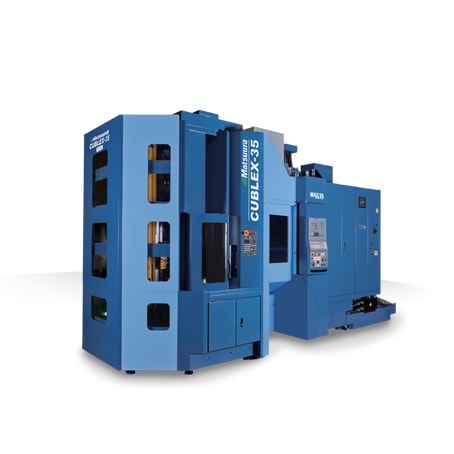
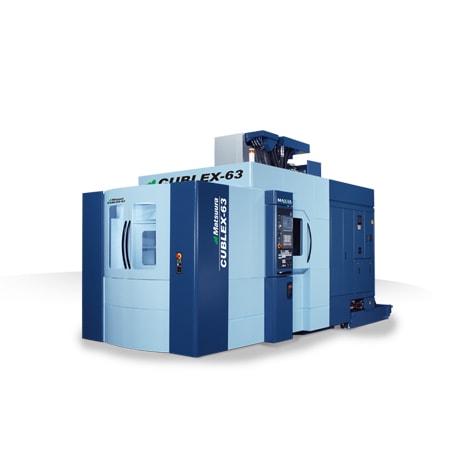
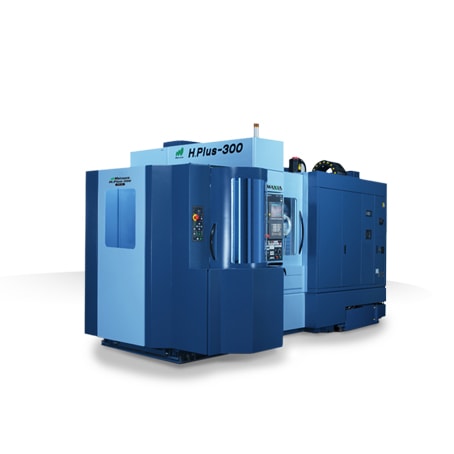
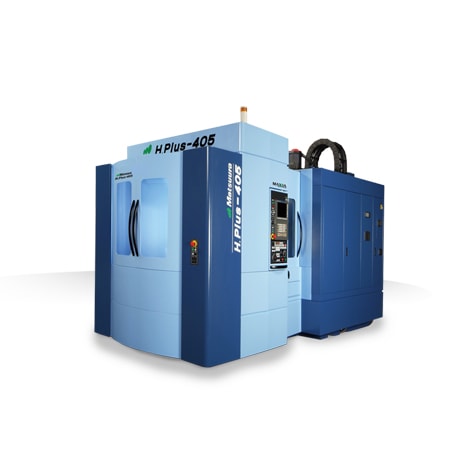
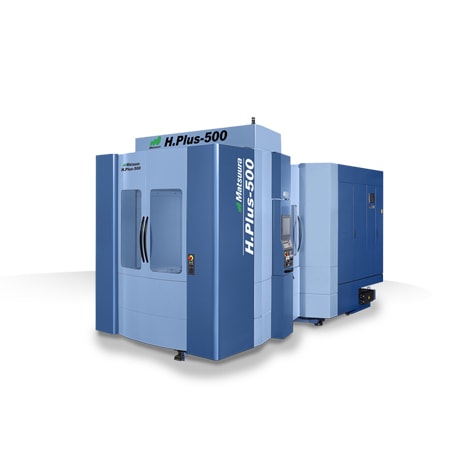
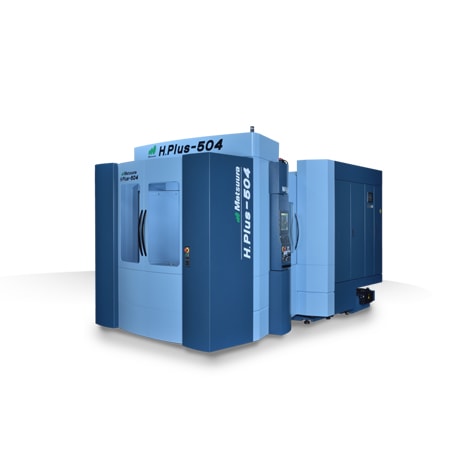
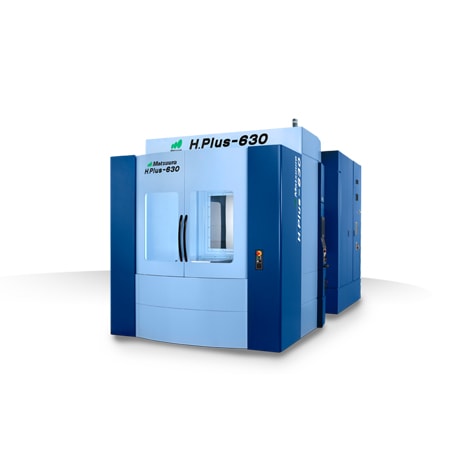
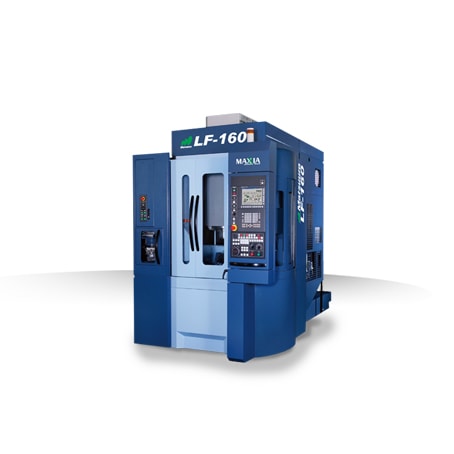
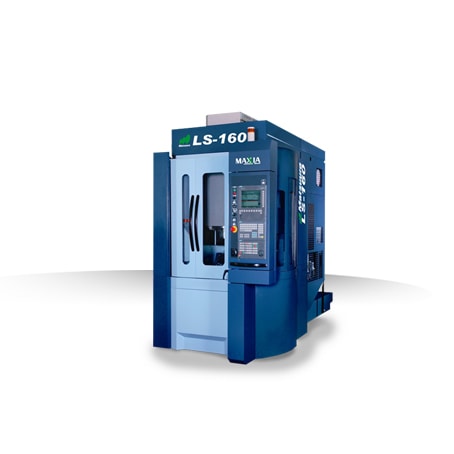
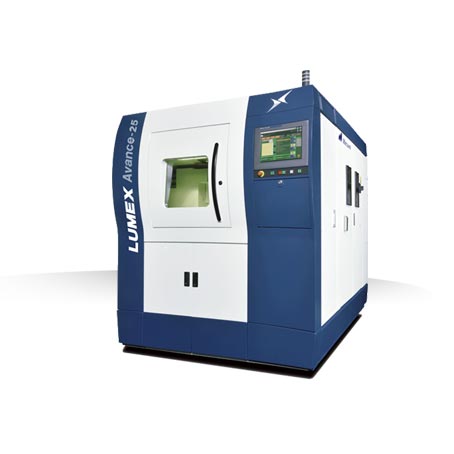
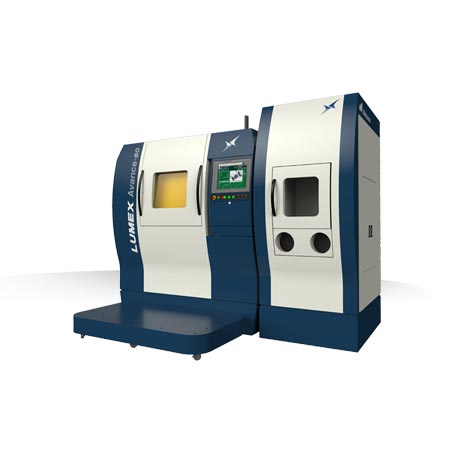
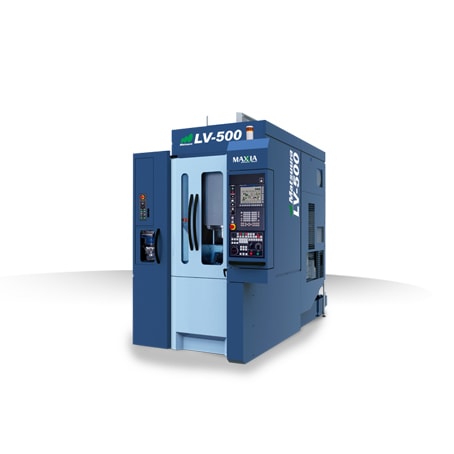
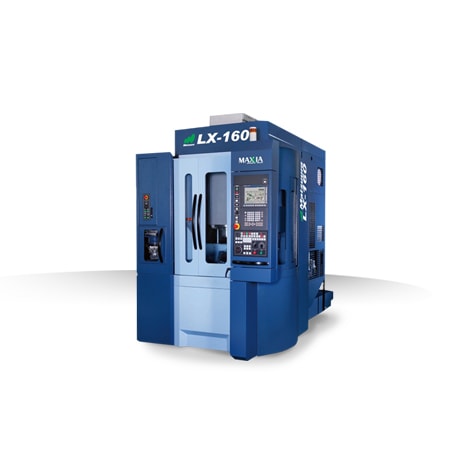

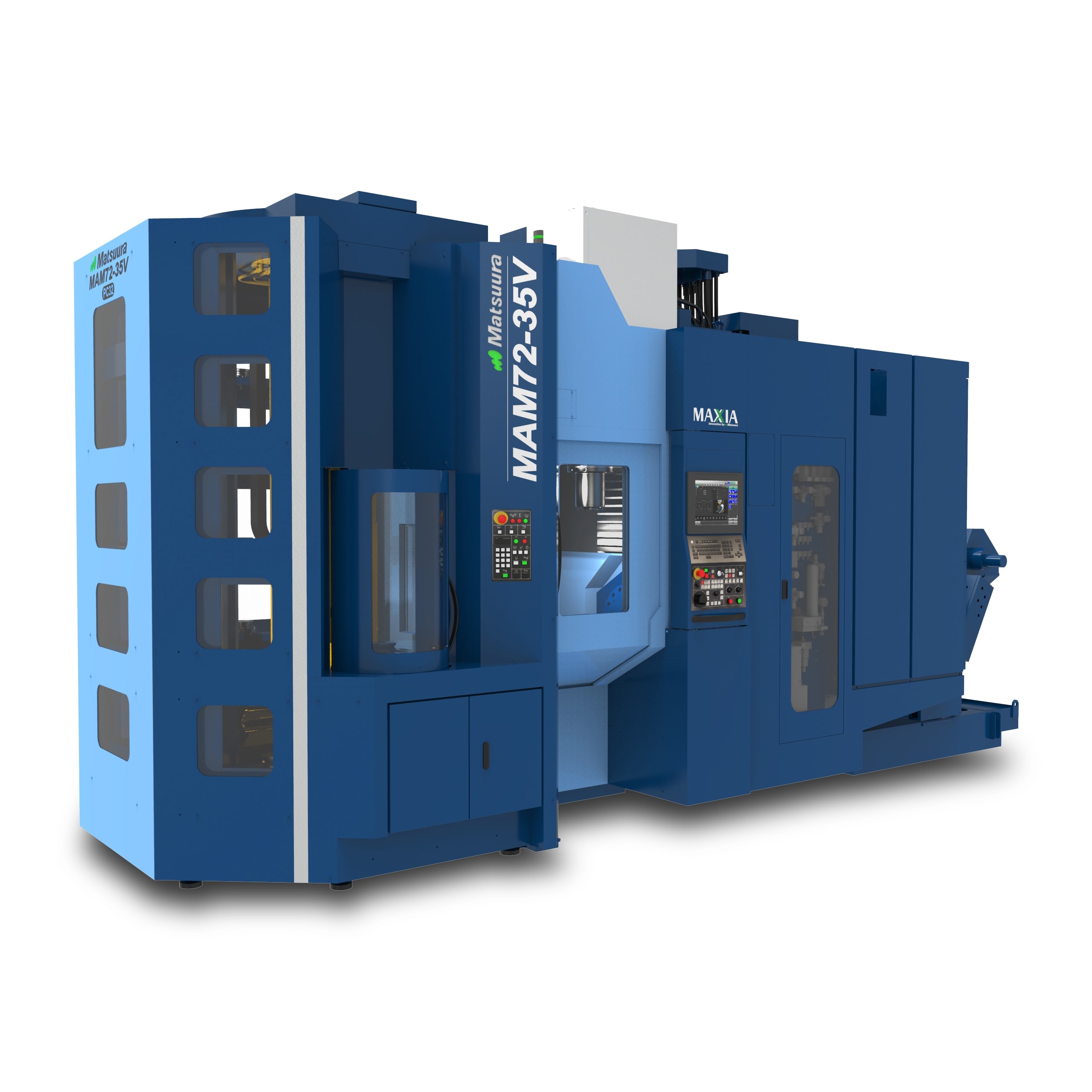
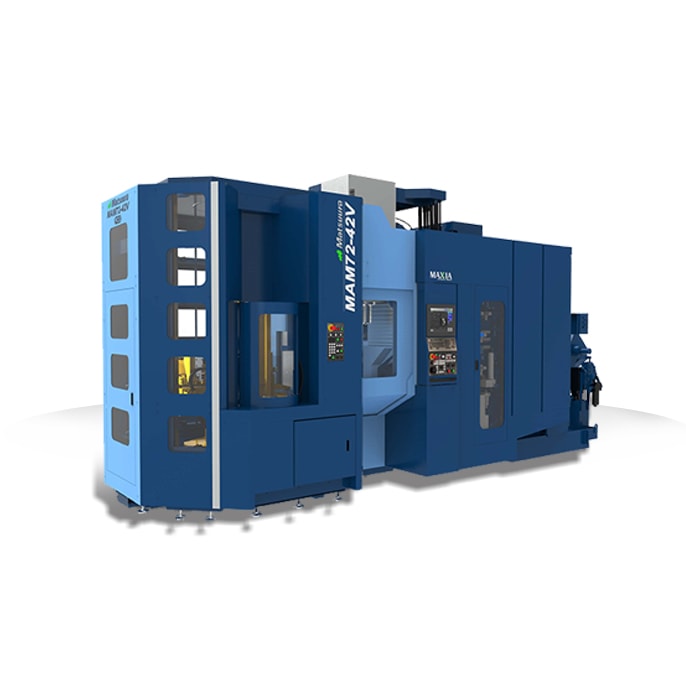
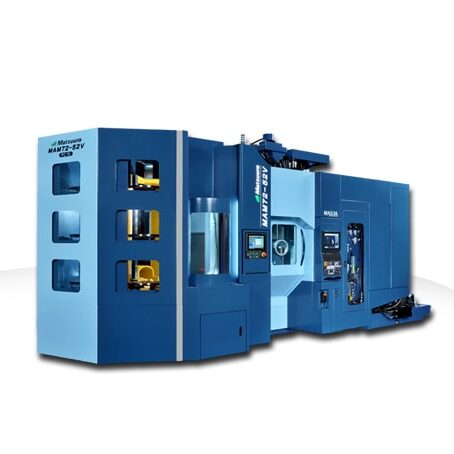
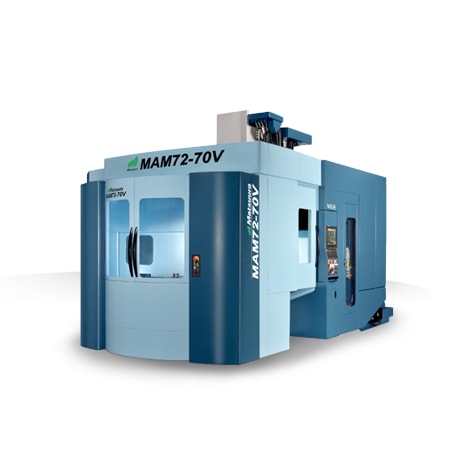
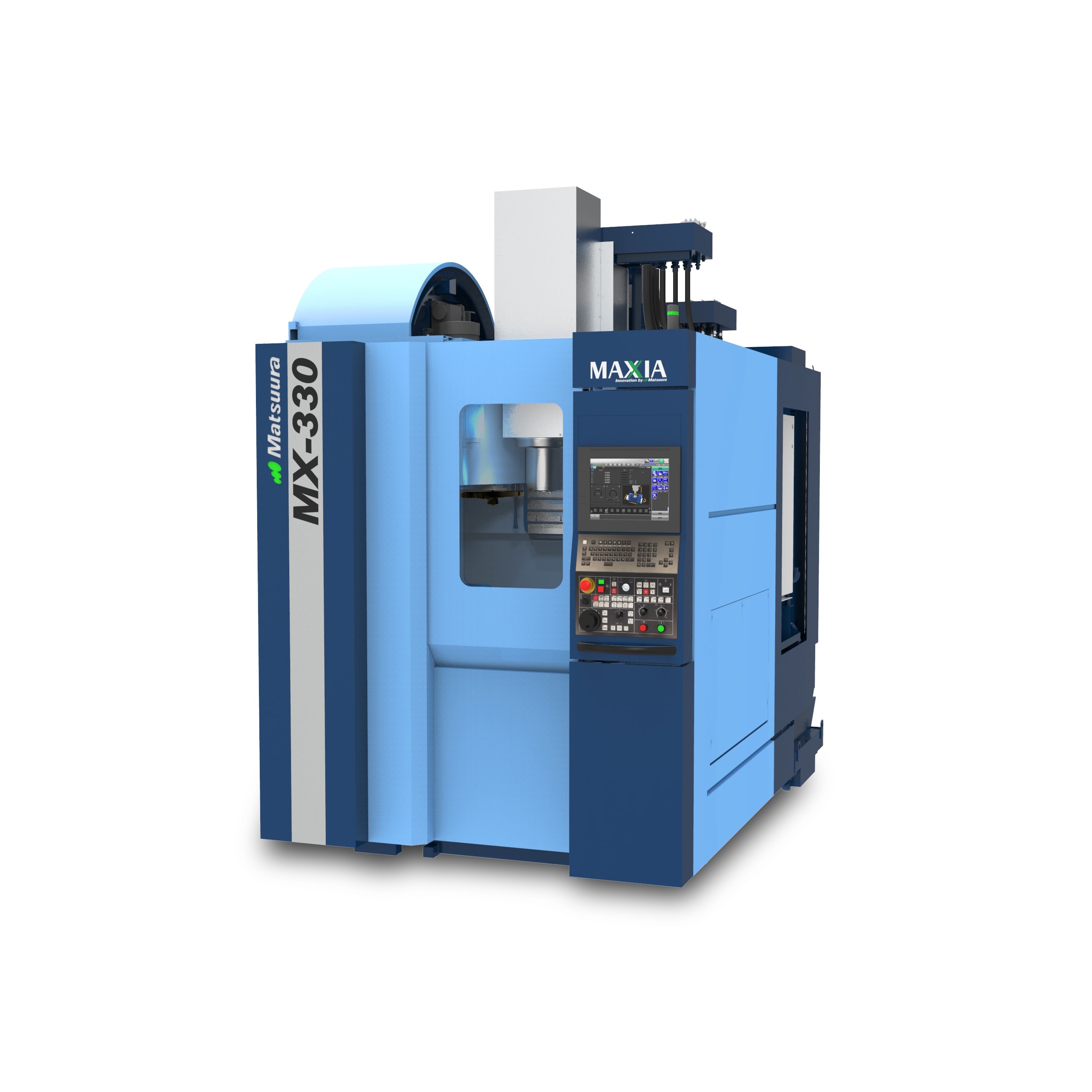
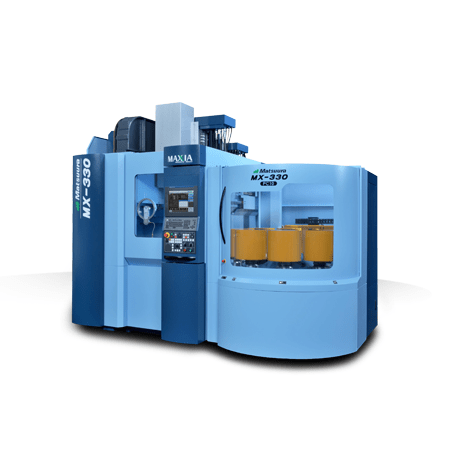
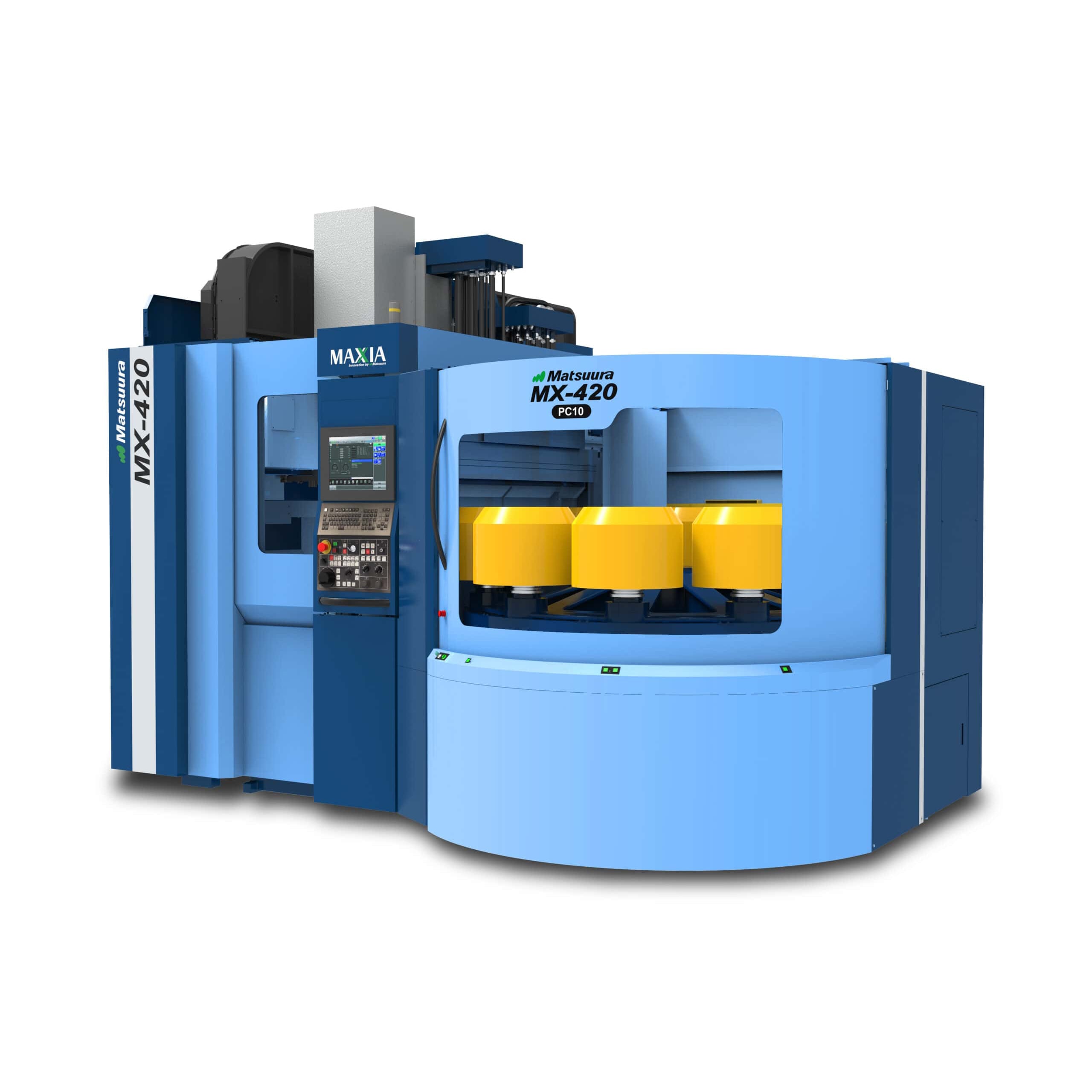
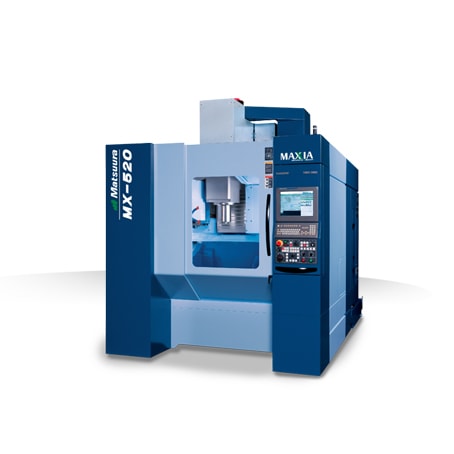
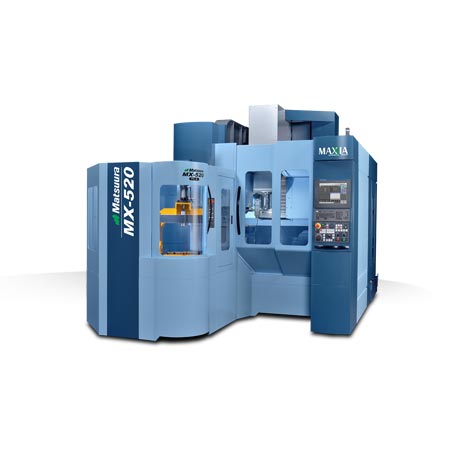
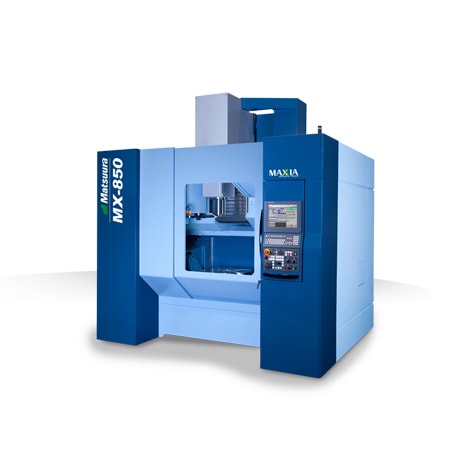
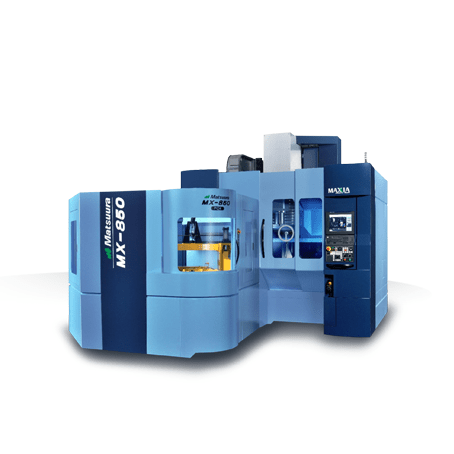
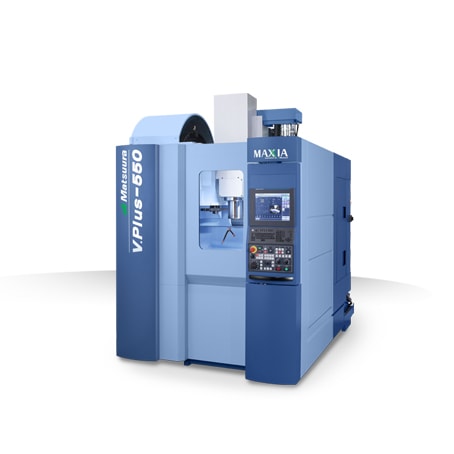
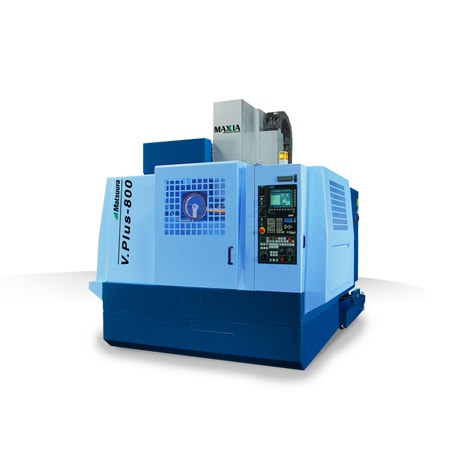
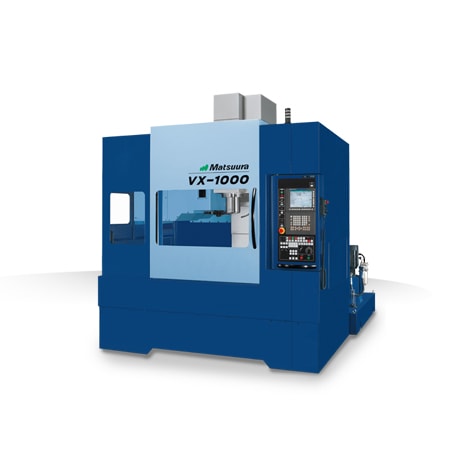
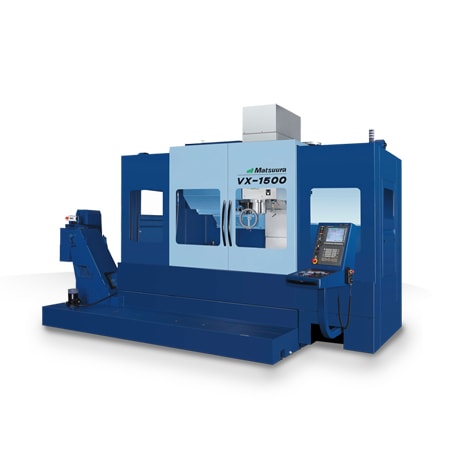
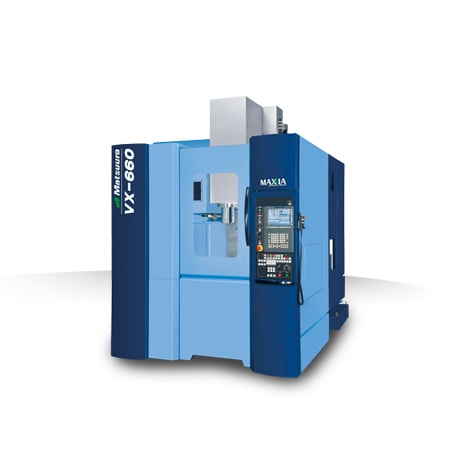
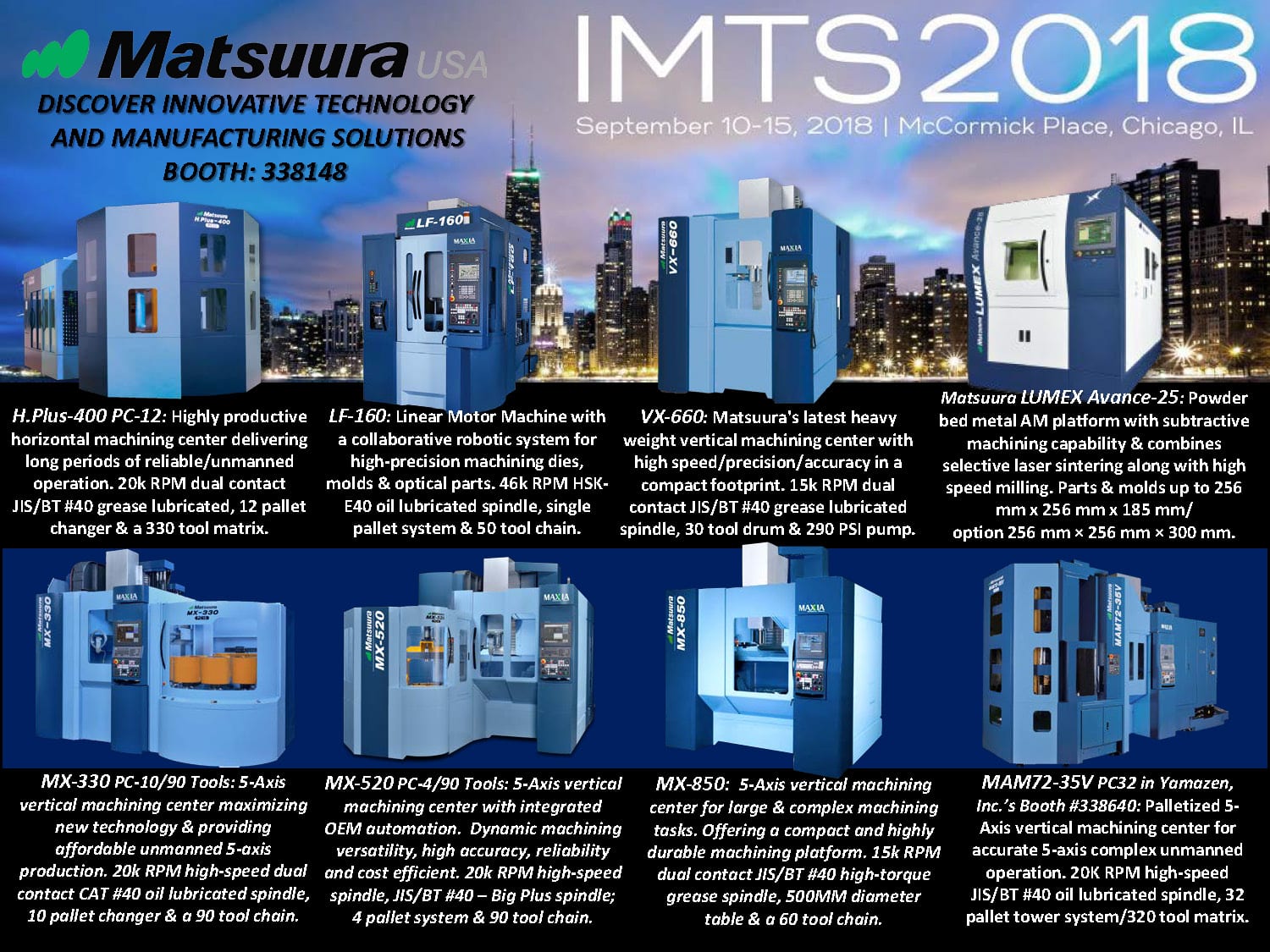 Matsuura Machinery USA, Inc. continues to prepare for the company’s exhibition at the International Manufacturing Technology Show in Chicago’s McCormick Place September 10-15, […]
Matsuura Machinery USA, Inc. continues to prepare for the company’s exhibition at the International Manufacturing Technology Show in Chicago’s McCormick Place September 10-15, […]